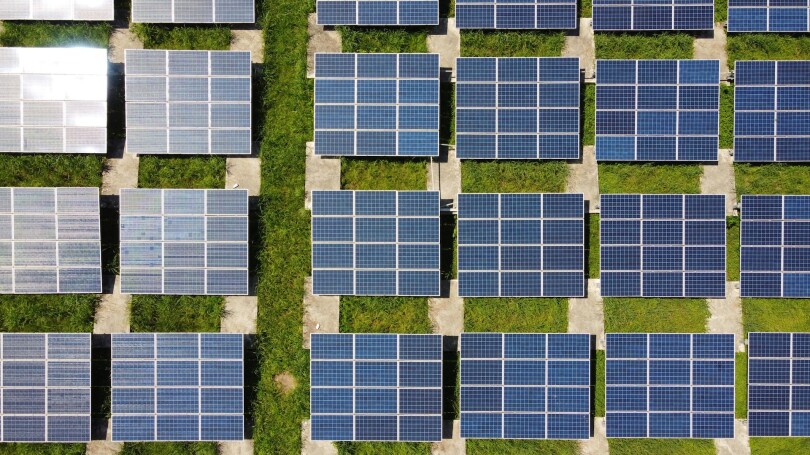3 Innovations from the International Horticultural Expo.
29 Apr 24
Enviro ChatThe Global News Source for the World of Science and Chemicals
11 August 2023
Enviro Chat
The Gulf region is renowned for having built its substantial stores of wealth primarily from the extensive reserves of fossil fuels found in the area. However, there is a growing awareness around the globe that coal, oil and gas are not sustainable in a long-term, environmental sense and Arab nations are now adapting to a greener energy and economic portfolio.
Chief among them is the UAE, which the World Meteorological Organisation (WMO) recently lauded as “a leading model” in the Gulf region. Speaking to the Emirates New Agency, the WMO’s secretary general Jukka Petteri Taalas recognised the fact that the Emirati economy has diversified to the extent that it now relies on fossil fuels for less than 20% of its turnover, marking a milestone in its development towards a more sustainable tomorrow.
The UAE has consistently been a climate leader among its Arab peers over the last couple of decades. In 2021, it made headlines by becoming the first Gulf nation to commit to carbon net zero by 2050, but it has been contemplating how it can transition to more environmentally friendly processes and outcomes long before then.
Indeed, since the turn of the century, the Emirati government has funnelled more than $40 billion into renewable energy initiatives in the country. That investment has helped boost its green energy generation capacity from just 100MW in 2015 to 2.4GW in 2020, with a target of 14GW earmarked for the end of the decade.
It has been similarly ambitious abroad, too, pouring some $16.8 billion into renewable energy projects in more than 70 countries around the globe. It is especially focused on helping developing nations achieve energy security without relying on damaging power production sources, apportioning more than $400 million in aid and soft loans to bolster clean energy projects.
The ultimate goal of all that investment is to help the UAE – and by extension, the rest of the world – transition away from fossil fuels to cleaner sources of power, thus curbing carbon emissions. Although the country still depends on gas for the vast majority of its electricity generation, it has taken major strides towards moving the dial on that subject in recent years.
As per its UAE Energy Strategy 2050, first published in 2017, the country aims to generate 50% of its energy from clean sources, including 44% from renewables such as solar and bioenergy and 6% from nuclear. The remaining 50% will still be produced by gas (38%) and clean coal (12%), though those percentages are expected to be further eroded as the century wears on. The government has signalled it will invest more than $160 billion by 2050 to achieve those aims.
Those efforts and ambitions have not gone unnoticed by global bodies such as the WMO. “The World Meteorological Organization is extremely pleased with the UAE’s actions, including their decision to increase investment in clean energy and other projects that support the organization’s strategy for addressing climate change issues, as well as their decision to host the headquarters of the International Renewable Energy Agency, which is a key player in this field,” explained Taalas.
DOWNLOAD PDF

2 Day Seminar Program
@ ArabLab+ 2024
24 & 25 September 2024
22 Apr 24
Lab ChatYour stay in Dubai
Labkit
Product News
Chemkit
Product News
Thinking about exhibiting at ARABLAB 2024? Watch our video to find out more.
Join the world’s leading organisations…
Join our mailing list and receive the ARABLAB newsletter and event updates.